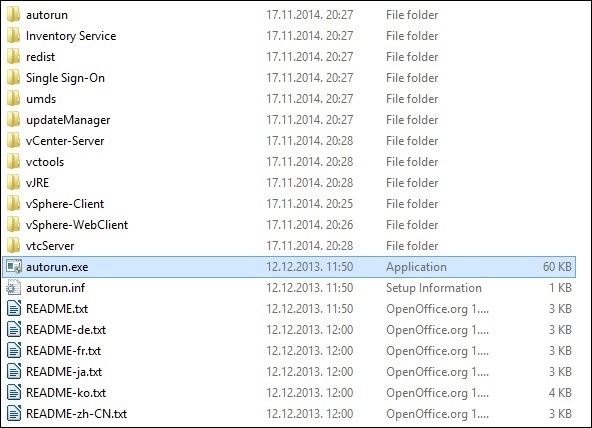

- #Vsphere client for mac 2018 mac os x
- #Vsphere client for mac 2018 windows
Power on the Virtual Machine, and bring up the Console.
 Follow through keeping the default settings and choosing a nice name for your datastore until you complete setup. Click on the listed drive (Pro tip: only currently unused drives will show up! No worries about accidentally nuking the drive running vSphere! Yay!). Go into Configuration and, if your mini has multiple drives, add the second local SSD by doing the following:. Before we continue on to setting up the VM, let’s do a bit of housekeeping:. Follow through to the end and hit Complete. Follow through on the NIC screen leaving the settings as is. My users are utilizing 10.8 or 10.9 for their VMs, so this works well.
Follow through keeping the default settings and choosing a nice name for your datastore until you complete setup. Click on the listed drive (Pro tip: only currently unused drives will show up! No worries about accidentally nuking the drive running vSphere! Yay!). Go into Configuration and, if your mini has multiple drives, add the second local SSD by doing the following:. Before we continue on to setting up the VM, let’s do a bit of housekeeping:. Follow through to the end and hit Complete. Follow through on the NIC screen leaving the settings as is. My users are utilizing 10.8 or 10.9 for their VMs, so this works well. #Vsphere client for mac 2018 mac os x
Under guest operating system choose other, and then select Mac OS X 10.7 (64-bit) - this works for all Mac OS X builds after 10.7. Choose a datastore (This will be one of the drives you’ve set up.). Select “Create New Virtual Machine” from the splash page. #Vsphere client for mac 2018 windows
On your non-vSphere Mac, open up your Windows VM (or windows based machine I guess) and open VMware vSphere Client.Ĭonnect to your Mac Mini by inputting the IP, admin username, and password. Both I and the other Mac Sysadmin in Portland had this problem. You will invariably accidentally close your VM and sit their yelling at your Mac and yourself. If you said yes to any of the above: please make a conscious effort to not use key commands if you’re using a Windows VM to access vSphere during this setup process. REALLY ANNOYING GOTCHA: Dear fellow Mac SysAdmin - do you use key commands? Are they second nature? Can you navigate Mac OS X from your keyboard with only occasional usage of a cursor? Either a Windows VM or Windows based machine to open the VMware vSphere Client software. An existing Mac server running Netboot to provision the VMs with an OS (We’re using Casper here). The vSphere Mac Mini you previously set up. Getting startedįor this phase of setup we’ll need the following: If you’ve taken my suggestion and used ESXI vSphere 5.5 you’ll be able to leverage your existing netboot server to provision your VMs. Now we need to make it all worth it by getting it loaded up with some nice Mac VMs. If you’ve already been following along (or just got caught up), you’ve got a nice, shiny, bare metal Mac Mini running ESXI vSphere. I also covered the general benefits of using Mac Minis themselves as hosts, and how you too can “get to bare metal,” step by step. In the first installation of this series, I introduced the higher goal that led me to stripping down and installing ESXI on a Mac Mini: creating long-running Mac environments for teams that needed a variety of different OS virtual machines.








